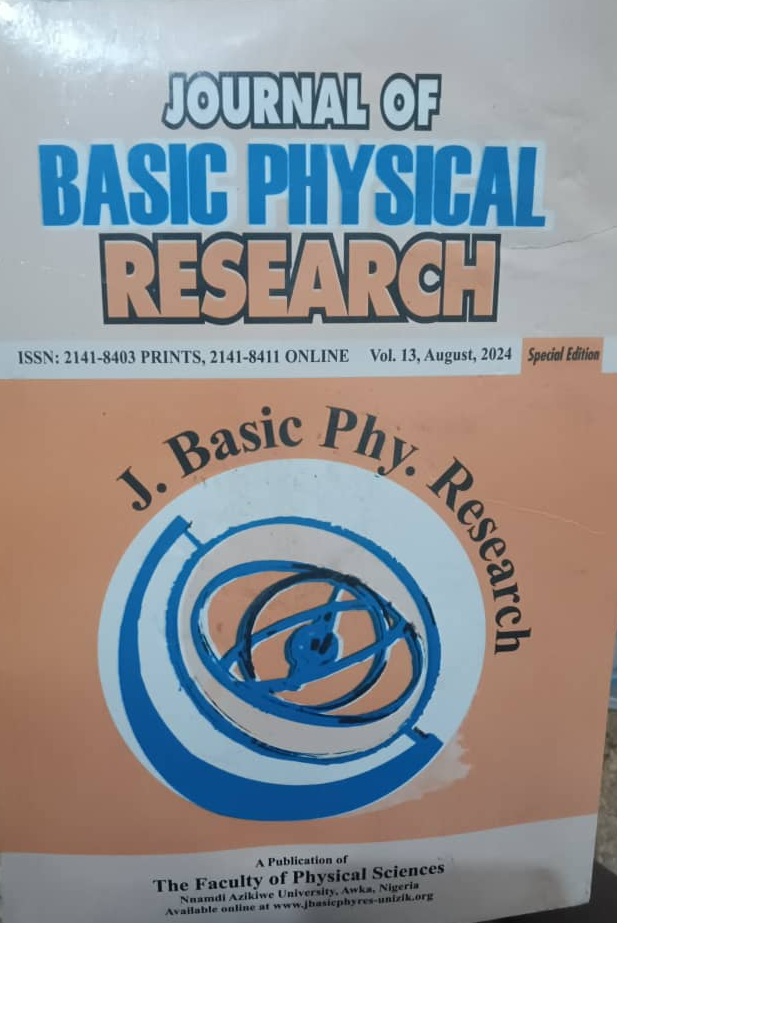USING EULER DECONVOLUTION AND SOURCE PARAMETER IMAGING (SPI) OF GRAVITY DATA FOR DEPTH-TO-BASEMENT DETERMINATION IN PARTS OF SOUTHEASTERN NIGERIA
Keywords:
Bouguer gravity, Basement, Residual Anomaly, Euler Deconvolution, Source Parameter Imaging, Estimated DepthAbstract
Ground gravity data were interpreted in parts of Southeastern Nigeria using Euler deconvolution. This study estimates the depth of basement rocks and identifies possible geological and geophysical features. The study area is between longitude 70E to 80E and latitude 5030’N to 6030’N within the Southeastern part of Nigeria and covers aspects of Enugu, Ebonyi, Anambra, Abia, Imo, and Cross River State. The digitized data from the Nigerian Geological Survey Agency (NGSA) by Ground Survey were processed and interpreted to get the basement's depth in Southeastern Nigeria. The Bouguer gravity data imported from the Microsoft Excel spreadsheet into Geosoft were gridded using the miniature curvature interface and then residualized. The separation of the regional and residual anomalies followed this. The Bouguer gravity anomaly grid, the regional grid, and the residual grid were all reprojected from geographical coordinates (Latitude and Longitude) to the Universal Transverse Mercator (UTM) in meters. The interpretation of gravity data using Euler deconvolution was used to specify the Structural Index (SI). The results indicate that contact faults can be interpreted with an SI of 0.0, while dyke or sill with an SI of 1.0. The scattered Euler deconvolution solution suggests that the intrusive body extends well beyond the study area. The result reveals that the fault, though more than one on the surface in the study area, trends NE – SW. The estimated depth to the basement ranges from 3584.9 m to 7992 m. The SPI data show a minimum depth of 237.49m and a maximum depth of 82748.37m, with an average depth of 3100.174m, but the actual value, as shown on the grid map, is 12678.8 m for the most profound source to the basement and 398.5 m for the shallowest source to the basement. This depth range and fault observed could influence the accumulation of minerals and hydrocarbon in the study area.


